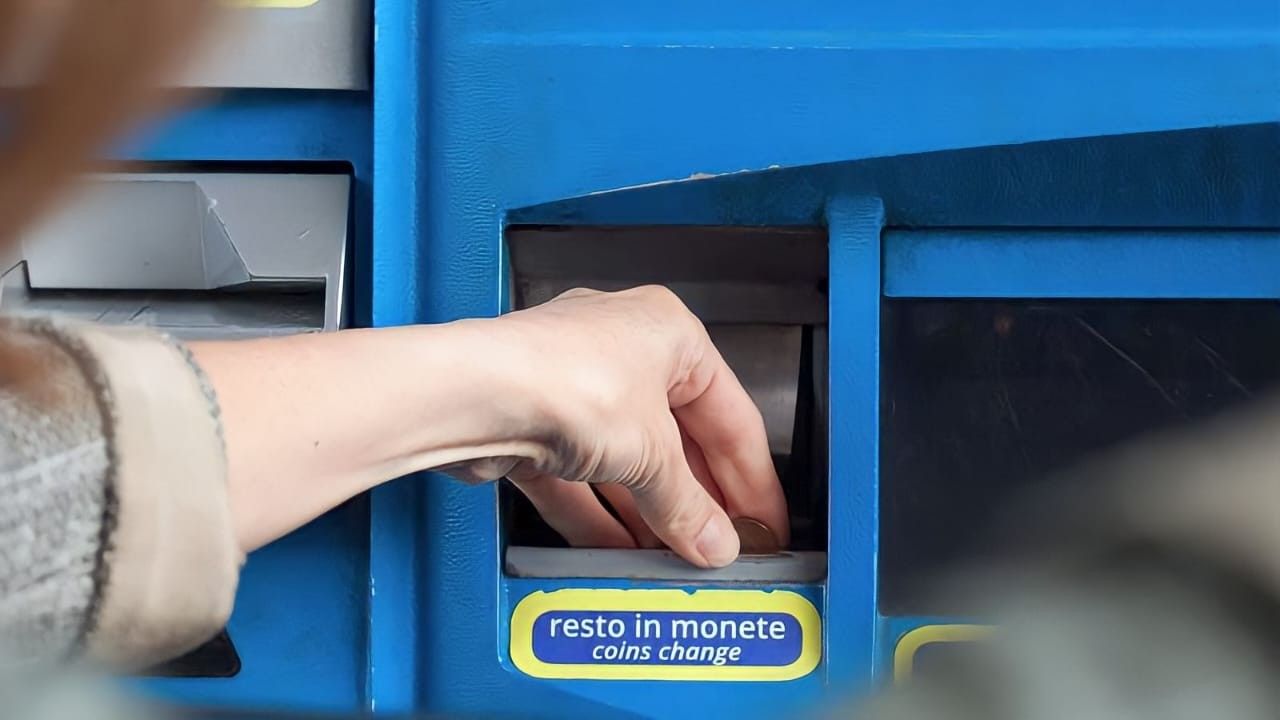The price increases continue, and they also concern the motorways. It seems that prices are skyrocketing and there are black forecasts for 2023. Let’s find out how much the toll will cost next year!

The increases on goods and services in our country have no respite and even the motorways are no different. In fact, increases in motorway tolls are expected for 2023, inevitable given the maintenance costs of the companies that manage them. Already in 2022 there were price increases on 98% of the network.
According to what was said by the Sole 24 Ore, at the moment the requests have been presented but the government has yet to make its assessments. It will be up to the ministries of infrastructure and the economy to authorize requests for increases.
Asked for increases from the government by motorway managers
Highways for Italy (Aspi), operator of about 50% of the toll road network, he asked government increases of 1.5%. The expected expenditure for Aspi on the modernization of the network amounts to 21.5 billion.
PFor maintenance, the expenditure is equal to 7 billion, while 14.5 billion will be used for interventions. The interventions include the bypass of Bologna, the eaves of Genoa and new lanes will be built.
TO the Gavio group is also requesting increases, however concerning the motorways under concession. The aim is to increase the rates on existing contracts than on those to be done.
How much will the toll cost in 2023
In the first half of 2022, investments amounted to 360 million and many new works were built. The expenditure at the end of the year should amount to 700 million euros.
Gavio’s request for increases did not specify the amount of the percentageunlike what Autostrade did, since the requests will vary according to the routes. Also Teem (Milan’s external east ring road) has advanced its request for increases, emphasizing that it is tending at +3.5%.
The requests will be evaluated by the government, which will then take the appropriate decisions. Anyway, it seems that requests for toll increases in Italy are lower than those allowed in other European countries such as Spain and France, where they respectively settled at +4% and +4.7%.



